The Upcycled Food Product Market is currently characterized by a dynamic competitive landscape, driven by increasing consumer awareness regarding sustainability and food waste reduction. Key players such as ReGrained (US), Upcycled Food Company (US), and Renewal Mill (US) are strategically positioned to leverage these trends. ReGrained (US) focuses on innovation through its proprietary technology that transforms spent grain into nutritious snacks, while Upcycled Food Company (US) emphasizes partnerships with food brands to create a diverse range of upcycled products. Renewal Mill (US) is dedicated to producing high-quality flour from byproducts, showcasing a commitment to sustainability that resonates with eco-conscious consumers. Collectively, these strategies not only enhance their market presence but also contribute to a more sustainable food ecosystem.
In terms of business tactics, companies are increasingly localizing manufacturing and optimizing supply chains to reduce carbon footprints and enhance product freshness. The Upcycled Food Product Market appears moderately fragmented, with numerous players vying for consumer attention. However, the collective influence of major companies is significant, as they set industry standards and drive innovation, thereby shaping the competitive structure.
In August 2025, ReGrained (US) announced a partnership with a major beverage company to develop a line of upcycled protein bars, which is expected to expand its market reach and enhance brand visibility. This strategic move not only diversifies ReGrained's product offerings but also aligns with the growing trend of incorporating upcycled ingredients into mainstream products, potentially attracting a broader consumer base.
In September 2025, Upcycled Food Company (US) launched a new initiative aimed at educating consumers about the benefits of upcycled foods through a digital marketing campaign. This initiative is significant as it seeks to raise awareness and drive demand for upcycled products, thereby fostering a more informed consumer base that values sustainability. By positioning itself as a thought leader in the space, Upcycled Food Company (US) may enhance its competitive edge.
In October 2025, Renewal Mill (US) secured a significant investment to scale its operations and expand its product line, which includes upcycled baking mixes and snacks. This investment is crucial as it allows Renewal Mill to increase production capacity and innovate further, potentially leading to a stronger market position. The ability to scale operations effectively could provide Renewal Mill with a competitive advantage in a rapidly evolving market.
As of October 2025, current competitive trends in the Upcycled Food Product Market include a pronounced focus on digitalization, sustainability, and the integration of artificial intelligence in supply chain management. Strategic alliances among companies are increasingly shaping the landscape, fostering innovation and collaboration. Looking ahead, competitive differentiation is likely to evolve from traditional price-based competition to a focus on innovation, technological advancements, and supply chain reliability, as companies strive to meet the growing consumer demand for sustainable and ethically produced food products.


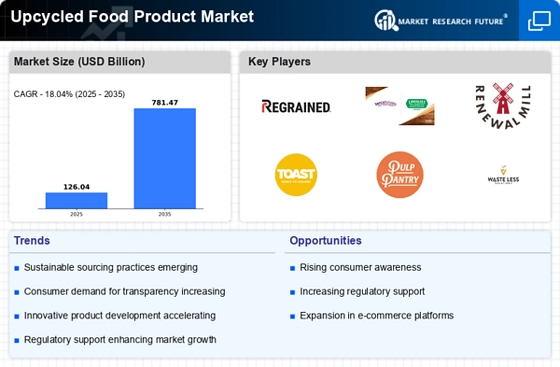
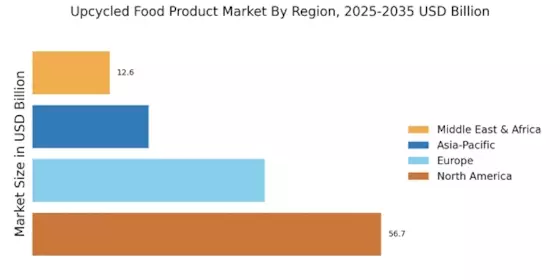
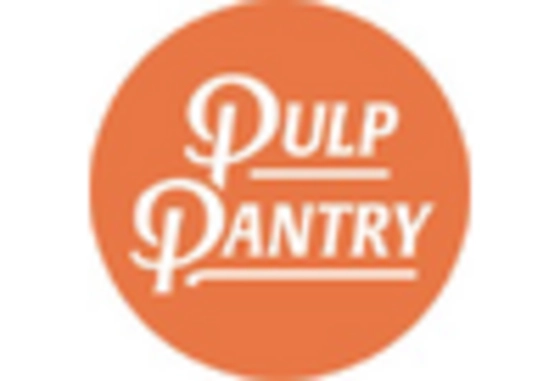
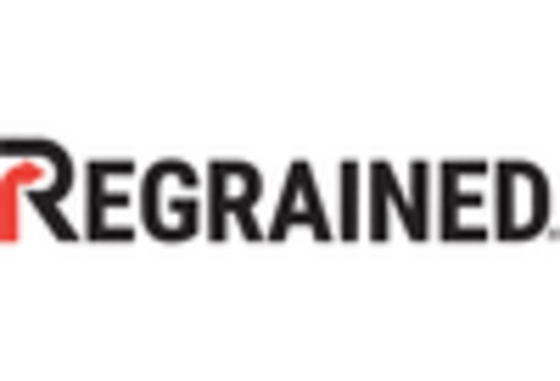
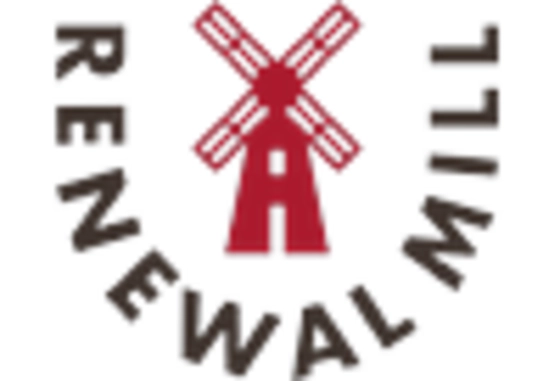
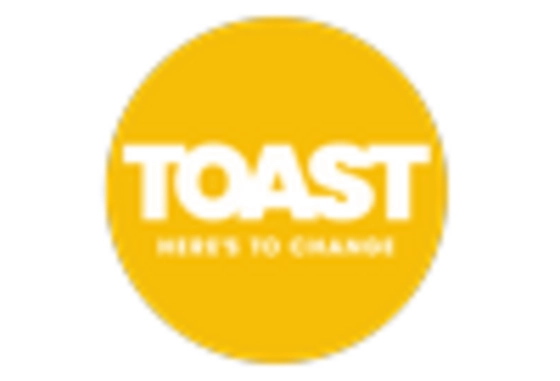
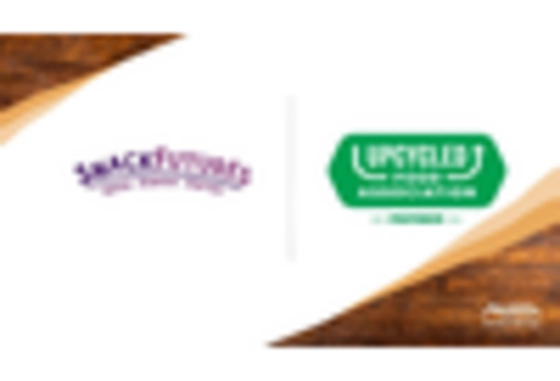
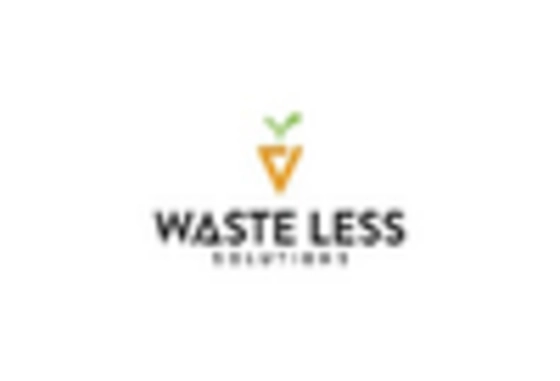








Leave a Comment